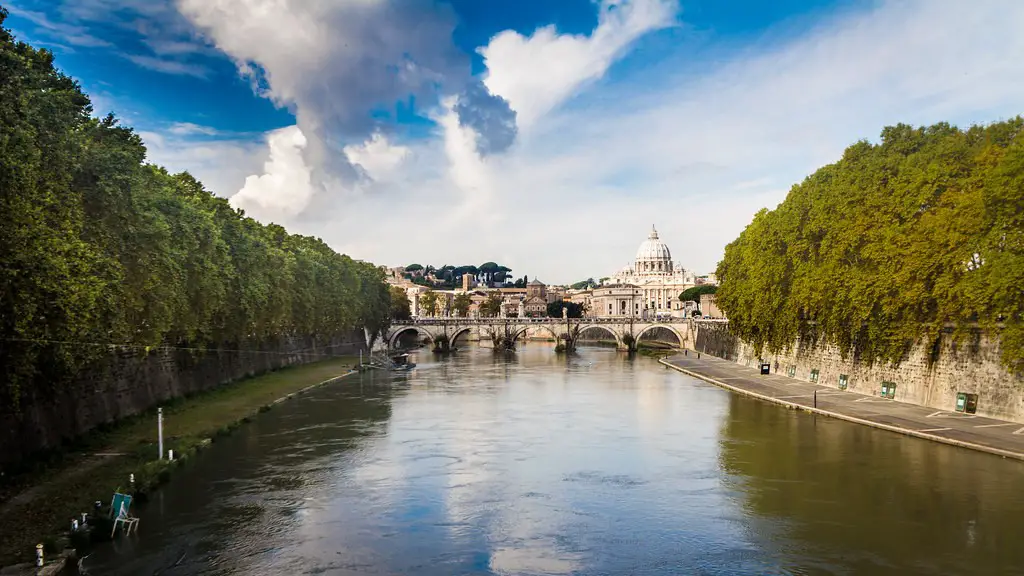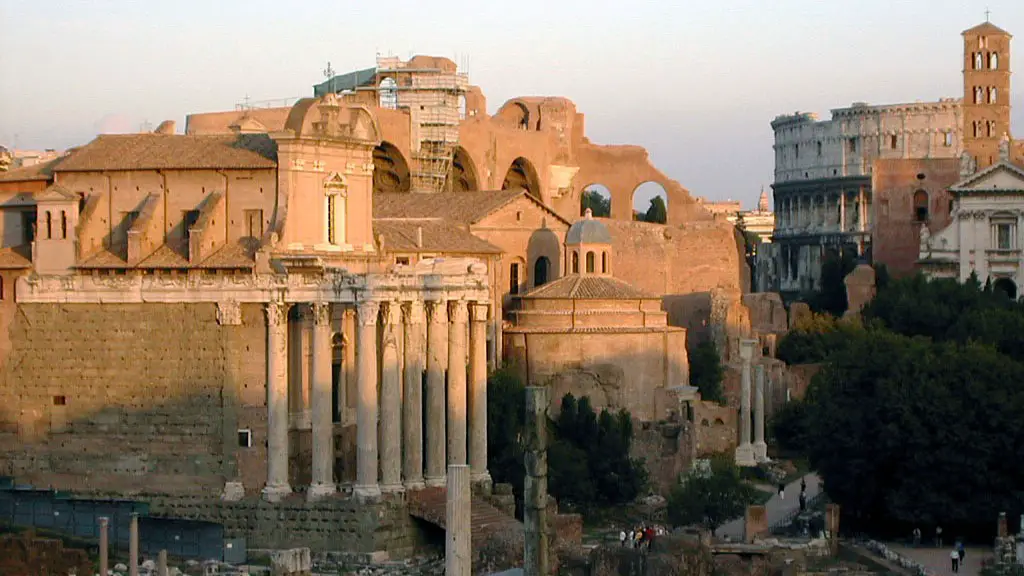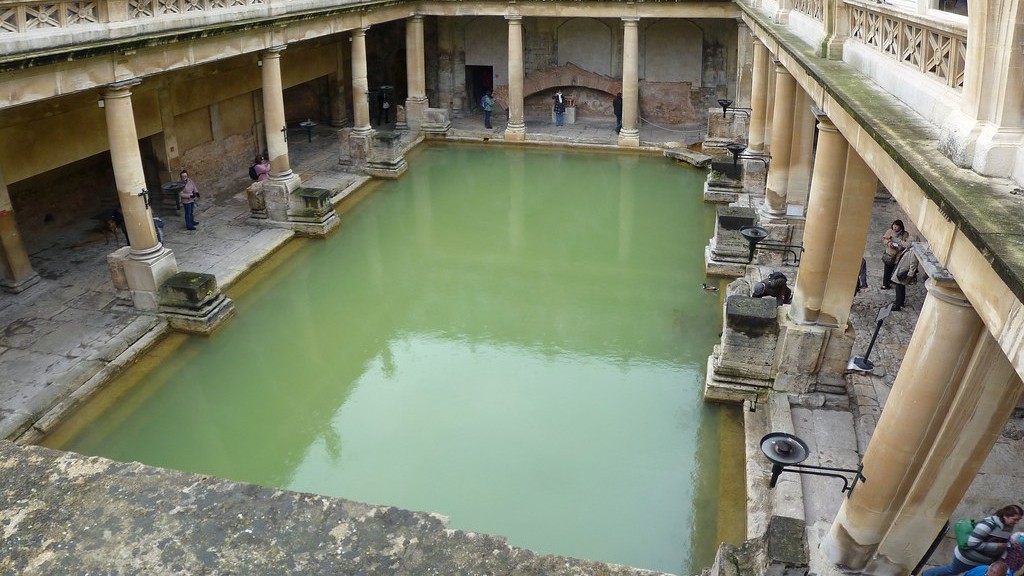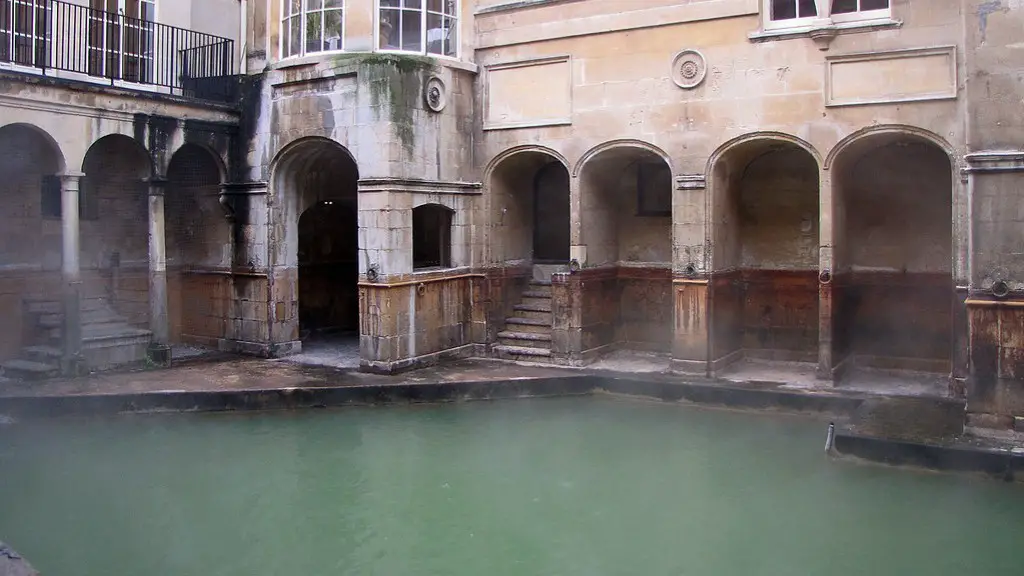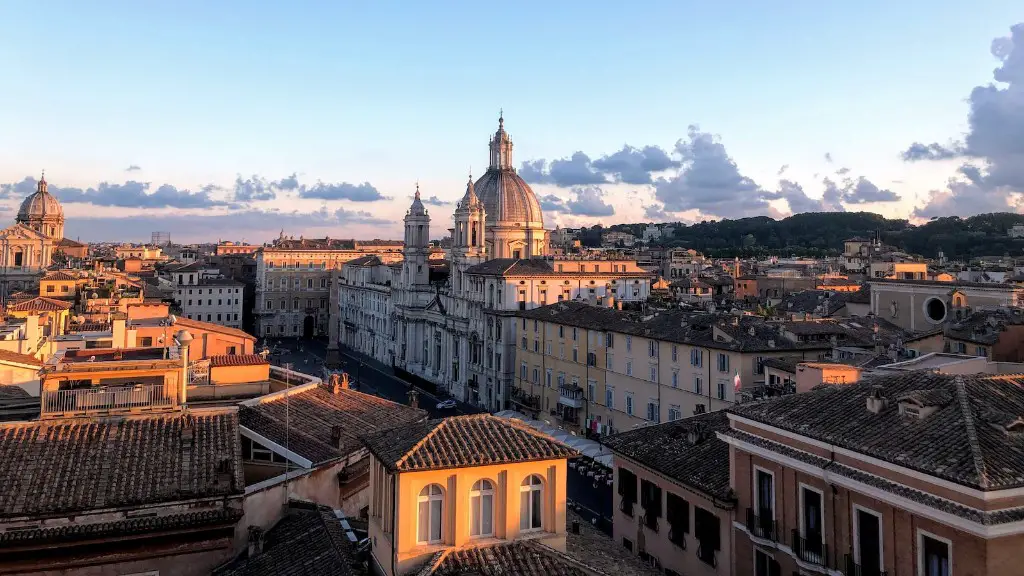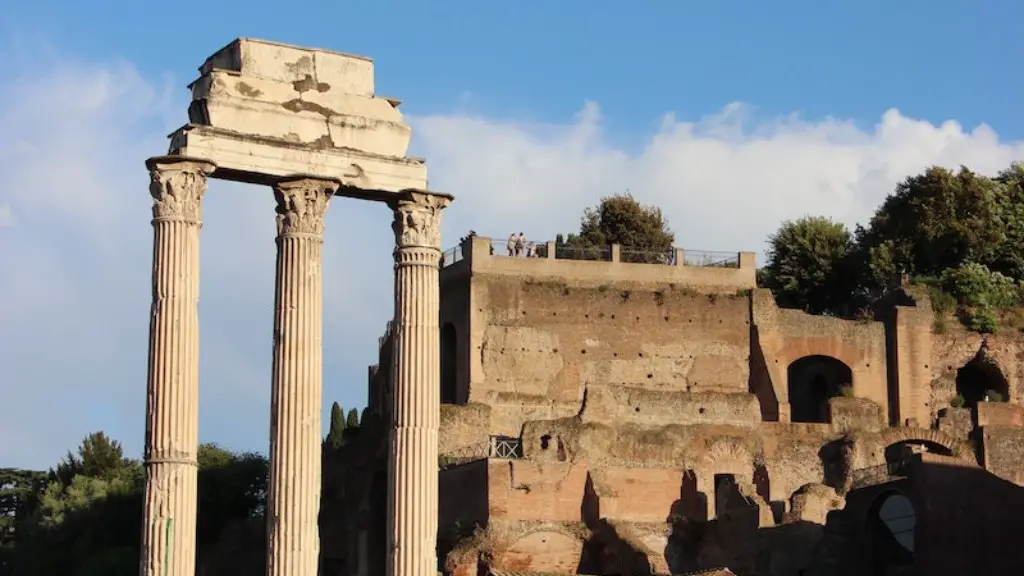Since the days of the Roman Empire, society has been greatly influenced by many aspects of Roman culture. Even in the modern world, Rome’s impact can be felt in areas such as architecture, government, and language. Numerous buildings and landmarks from Ancient Rome are still standing today, serving as a reminder of the once-great empire. Similarly, the form of government established by the Romans has served as a model for many political systems around the world. Finally, Latin, the language of the Romans, has had a lasting impact on the English language and other modern languages. In short, it is safe to say that the Roman Empire has had a significant impact on the world as we know it today.
It is impossible to overstate the impact that Ancient Rome has had on the modern world. Every aspect of modern society has been impacted in some way by the culture and innovations of Rome. From politics and government to architecture and the arts, the influence of Rome can be seen everywhere.
What is Rome’s biggest influence in the modern world?
The Romans were the main force in spreading many aspects of what is known Today as the “Western Culture” This includes: Western values, government and law concepts (see further below) Civil engineering and infrastructure.
The Romans were responsible for many things that we take for granted today. They were the first to introduce street stalls and fast food, as well as advertising and trademarks. They also developed plumbing and sanitation systems, and built towns and roads that are still in use today. Perhaps most importantly, they created our calendar, which is the basis for our modern system of timekeeping.
How did ancient Rome affect us today
The Roman Empire was one of the most influential empires in history. Its impact can still be seen in many aspects of our modern world. From the bridges and stadiums that were built during the Roman Empire to the books and words that are still used today, the legacy of the Roman Empire is still very much alive.
The ancient Romans were known for their military, political, and social institutions. They conquered vast amounts of land in Europe and northern Africa, built roads and aqueducts, and spread Latin, their language, far and wide.
What are 5 contributions of ancient Rome?
Cement, the Aqueduct, Sanitation, Roads, Social care and welfare, Julian Calendar, Elements of surgery, Elements of the modern legal system are some of the great achievements of the ancient Roman civilization that have had a profound impact on the world even today.
The ancient Romans are famous for their concrete structures that have stood the test of time. They developed hydraulic cement-based concrete, which is the basis for modern concrete. This type of concrete is stronger and more durable than the concrete of today, making it perfect for building lasting structures. The Roman concrete is a testament to the engineering and construction skills of the ancient Romans, and it is clear that they were ahead of their time in this area.
What did the Romans ever give us?
Dear reader,
It is with a heavy heart that we write to you today.
The novel coronavirus has changed our lives in ways that we never could have imagined. In a matter of weeks, we have gone from a bustling economy to a virtual standstill. Businesses have closed their doors, schools have shuttered their classrooms, and people are afraid to leave their homes.
The silver lining in all of this is that we have been given a chance to reset, to hit the pause button on our hectic lives and to reflect on what is truly important.
For the first time in a long time, we are spending time with our families, cooking meals at home, and enjoying the simple things in life. We are also taking the time to appreciate the things that we often take for granted, like our health and the clean air that we breathe.
COVID-19 has been a tragedy in many ways, but it has also been a wake-up call. It has shown us that we need to treasure the things that truly matter.
With that, we hope that you are staying safe and healthy during these difficult times.
The Romans had a huge impact on Britain, both during and after their occupation. They gave us new towns, plants, animals, a new religion and ways of reading and counting. Even the word ‘Britain’ came from the Romans. Britain had no proper roads before the Romans – there were just muddy tracks. So the Romans built new roads all across the landscape – over 16,000km (10,000 miles) in fact! The legacy of the Romans can still be seen in Britain today.
What is the most important Roman contribution
Inventions like cement and concrete allowed the Romans to build some of the most impressive structures in the world. From huge arches and domes to over 50,000 miles of roads, these lasting contributions helped to unify the empire.
Although the United States has a different government model than ancient Rome, the origins of America’s executive, judicial, and legislative branches are directly derived from the Ancient Roman model. In times of peace, the executive branch of Ancient Rome was made up of two consuls, who were elected by Roman landowners for one-year terms. Similarly, the United States has an executive branch headed by a president, who is elected by American citizens for four-year terms. The Ancient Roman judicial system was also the basis for America’s judicial branch, which is made up of a Supreme Court and lower courts. Finally, the Ancient Roman legislature, the Senate, was the inspiration for the American legislature, the Congress.
What major contributions legacy did Rome give to the world?
The Roman Empire was known for its advanced infrastructure, including its network of roads. These roads were essential for trade and transportation of goods and troops, and many of them are still in use today. The Romans were also renowned for their public works projects, such as the construction of aqueducts to bring water into cities for all to use.
In other words, the aqueducts were the Roman waterworks. Without them, the cities in the empire would have struggled to get enough fresh water for their populations.
Roads were another key invention of the Romans. The Roman roads were built for military purposes, but they also proved to be vital for trade and commerce. These roads helped to connect the empire and allowed for the transportation of goods and people.
Concrete buildings were another hallmark of Roman engineering. The use of concrete allowed the Romans to build structures that were both strong and durable. This made them ideal for public buildings such as temples and amphitheaters.
Medical tools for the battlefield were another important Roman invention. The Romans were able to develop tools and techniques that allowed them to treat injured soldiers on the battlefield. This was a significant development, as it helped to reduce the death toll in Roman wars.
The Julian Calendar was another important Roman invention. This calendar was introduced in 45 BC and was based on the solar year. This made it much more accurate than the previous calendar, which was based on the lunar year.
What are 3 achievements of the ancient Romans that have influenced American culture today
There are a few things that ancient Rome is famous for that seem impossible to duplicate. Among these are their roads, central heating, concrete, and the calendar. Rome also had a few other things that we take for granted, like flushing toilets and sewers. It is amazing to think about how advanced they were for their time, and how we have been able to improve on their accomplishments.
1. The Romans were known for their public baths, which were used as social gathering spaces as well as places to get clean.
2. The Romans were responsible for inventing many things that we still use today, including concrete, plumbing, and the calendar.
3. Gladiator fights were one of the most popular forms of entertainment for Romans.
4. The wealthy class of Romans had servants to do tasks for them, such as cooking, cleaning, and running errands.
5. Many of the roads we use today were first built by the Romans.
6. The Roman religion involved the worship of many gods and goddesses.
7. The city of Rome is built on top of several layers of previous civilizations, including the Roman Empire.
8. Rome is known for its impressive architecture, including the Colosseum and the Pantheon.
9. The Vatican City, located within Rome, is the smallest independent state in the world.
10. Italy, where Rome is located, is shaped like a boot!
What can we learn from the Roman Empire?
The Roman Empire was one of the most influential empires in history. From culture to religion, technology and language, the Romans’ legacy still thrives to this day. Here are just some of those areas in which the Roman Empire had a significant impact:
Culture: The Romans were a very artistic people and their culture is reflected in many different forms of art, from painting and sculpture to architecture and engineering.
Religion: Christianity, the world’s largest religion, has its roots in the Roman Empire. The Emperor Constantine was a key figure in the spread of Christianity, making it the official religion of the empire.
Technology: The Romans were responsible for many innovations in technology, including the development of roads, bridges and aqueducts.
Language: The Latin language, which was the language of the Roman Empire, is still used today in many different fields, including science, law and medicine.
It is fascinating to think about how much of our modern legal system is indebted to the Romans. Many of the key concepts that we take for granted, like trial by jury, civil rights, contracts, personal property, legal wills, and corporations, all owe their origins to Roman law and the Roman way of looking at things. Even the Latin language spoken by the Romans spread throughout much of Western Europe during the time of the Roman Empire, laying the foundations for the development of modern European languages. It is truly amazing to think about how much of our world today has been shaped by the civilization of ancient Rome.
What legacy did the Romans leave behind
amazing how durable concrete is- able to withstand time and elements. a real testimony to the engineering genius of the Ancient Romans.
Ancient Rome was a major force in the development of law, war, art, literature, architecture, technology, and language in the Western world. Its history continues to have a major influence on the world today.
Conclusion
Ancient Rome has had a profound and lasting impact on the modern world in a wide variety of ways. Roman architecture, art, literature, and law have all shaped the modern world in many ways. Roman Catholicism is the largest Christian denomination in the world and had its origins in Ancient Rome. The Latin language, which was developed in Rome, is still the official language of the Vatican City. Many modern countries, such as Italy and Turkey, have derived their legal systems from Roman law. The city of Rome itself is one of the most influential and popular tourist destinations in the world.
The Roman Empire was one of the largest empires in world history and at its height controlled a territory that extended from Britain to North Africa and from Spain to the Middle East. As a result of its size and longevity, the Roman Empire has had a profound and lasting impact on the world. Many of the modern world’s nations, institutions, and cultures have their roots in Rome.
